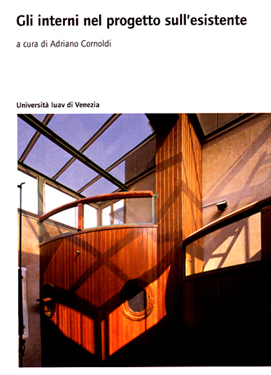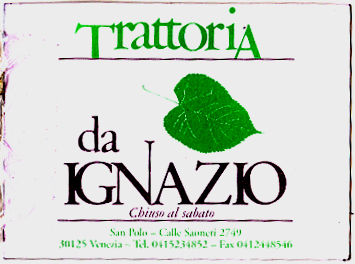CiA staffer Sally Stone and her co-author Graeme Brooker have just returned from the “Re-habituation of Interior Space†conference, which was held at the Università IUAV di Venezia in Italy. The theme of the conference was the remodelling and re-use of existing buildings and the design of interior space. This international conference attracted papers from as far away as Sydney, and Stone and Brooker were one of only ten speakers invited from almost ninety submissions. They found themselves sharing the platform with the distinguished Austrian architect and winner of the Heinrich Tessenow Medal, Heinz Tesar, who presented his newly completed Bode-Museum in Berlin. Also presenting were the eminent architects: Andrea Branzi, and José Ignacio Linazasoro and there was a special presentation from Umberto Riva, who showed a selection of his work from the last 50 years.
Gianni Ottolini, from the Politecnico di Milano, completed his opening address with a plea for the remodelling of existing buildings to be taken seriously as an importantant and necessary area of expertise; “…we must defend our specific competence and responsibility as formulisers and constructors of a habitational architecture that is authentic, desirable and possible, in a critical and vital relationship with the past.â€
Stone and Brooker presented a paper, not without a certain amount of deliberate irony, on Spolia and the art of re-using whole and complete elements. When they suggested that, within a post-modern, post-industrial society, the traffic bollards and shipping crates re-used by the likes of Ben Kelly and LOT/EK are as viable examples of spolia as classical relics, murmurs of surprise (and disagreement) could be heard from the Venetian audience.
Further details can be found at: rehabitation of interior space
It was not all hard work and Stone and Brooker enjoyed an excellent meal, organised by the conference coordinators at the Trattoria da Ignazio on the Calle Saoneri in the San Polo district. The spaghetti with crab is highly recommended.
Conference publication: Gli interni nell progetto sull’esistente, ISBN 978-88-7115-561-6


